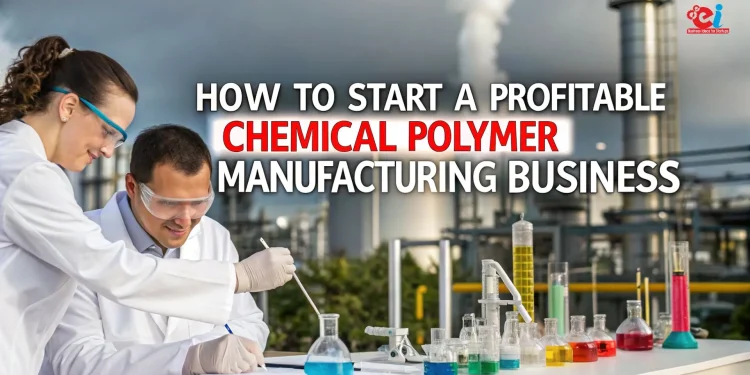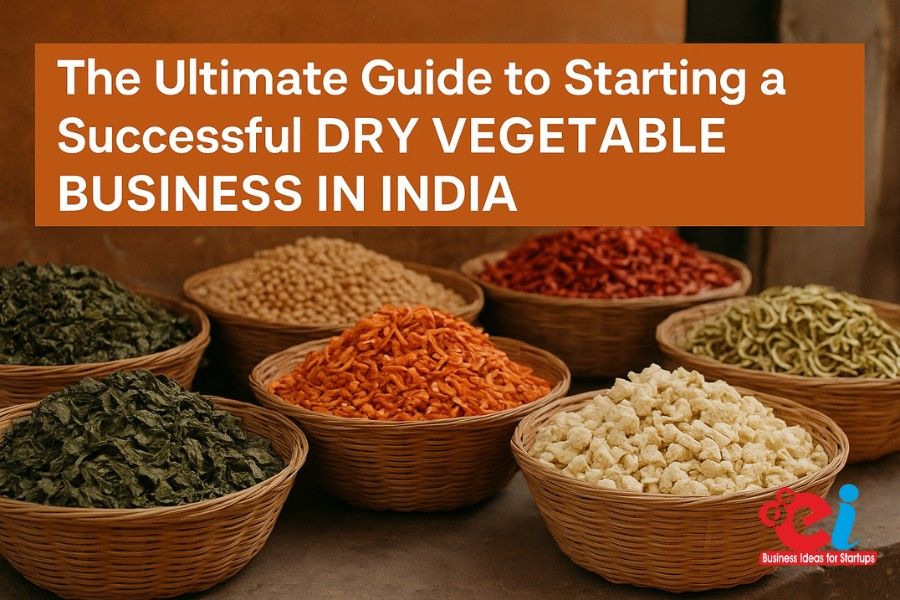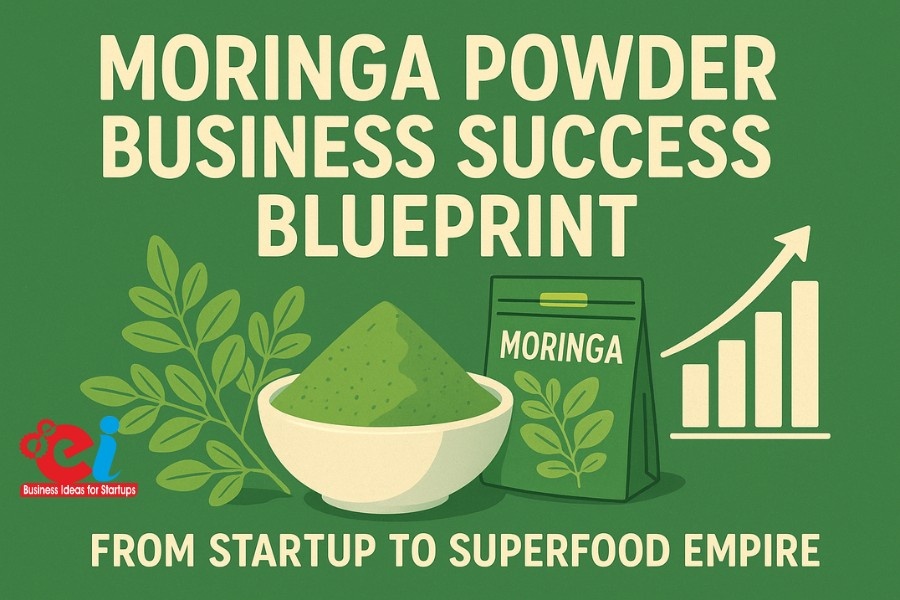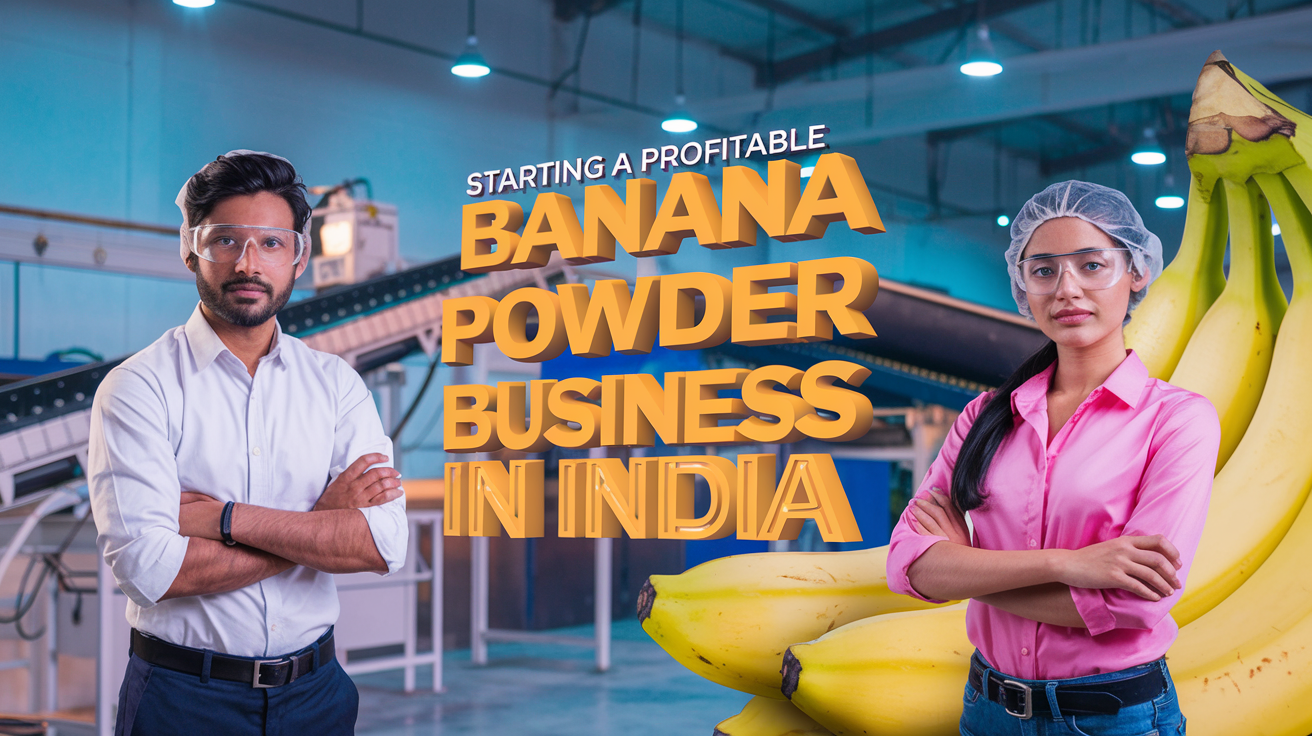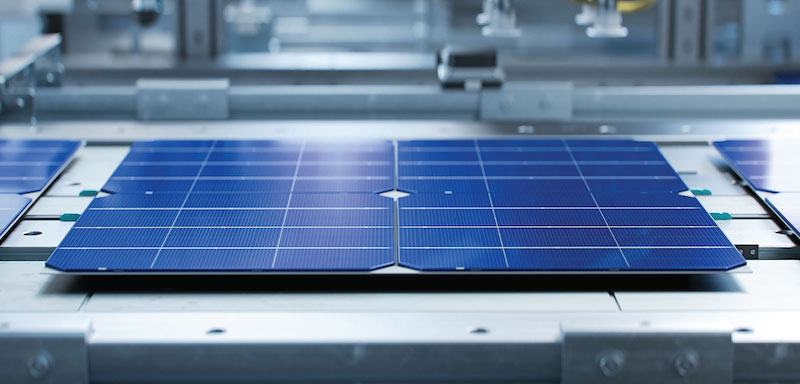Chemical polymer are quietly becoming the backbone for modern industry. Polymers are used in a variety of products that make manufacturing more flexible, cost-effective and sustainable. In the last few decades, polymers have evolved from basic plastics to high-performance materials that are used in packaging, electronic devices, medical devices and textiles.
This sector offers entrepreneurs and startups a scalable and exciting opportunity. The demand for polymers is increasing globally, including in India. Technological innovation is also on the rise. This article will examine the fundamentals and trends of polymer production, as well as market demand, and outline the Chemical Polymer manufacturing process. It will also highlight the key considerations to building a successful business.
Understanding the Polymer Industry
Polymers are molecules that have long chains of molecules. They are formed when smaller molecules, called monomers, undergo a chemical reaction known as polymerization. The type of monomer, the molecular structures created and the manufacturing conditions can all affect the properties of the material. This process produces a wide range of products to meet the needs of different industries and users.
The industry can be divided into four main categories. Thermoplastics such as polyethylene and polypropylene can be heated up and reshaped many times. This makes them perfect for products that require flexibility in production and recycling. Thermosetting resins such as epoxy or phenolic resins, are heat-resistant and harden permanently once cured. Elastomers such as synthetic rubber provide flexibility and resilience. Specialty Chemical Polymer, such as fluoropolymers and engineering plastics like PEEK, are used for niche or high-performance applications.
The decision to produce a certain category will depend on the market demand, availability of raw materials, competition in the industry, and the ability to meet performance and regulatory standards.
Related: How to Start a Chemical Polymer Production Plant
Market Outlook: Indian and Global Trends
Chemical Polymer markets are expanding as industries around the world continue to replace less durable, heavier and more expensive materials with polymers. This growth is driven by urbanization, an expanding packaging industry, a growing automotive sector, and the increasing use of polymers in electronics and health care. Sustainability trends also influence the development of biodegradable and recyclable polymers. This opens up entirely new product categories.
Forecast of the Indian and global polymer market (2024-2030).
| Year | Global Market Size in USD Billion | Global CAGR (Approx. | India Market Size (USD billion) | India CAGR Approx. | Key growth drivers |
| 2024 | 685 | — | 52 | — | Packaging and construction |
| 2025 | 720 | 56 | Automotive lightweighting, industrial use | ||
| 2026 | 765 | 60 | Electronics, medical devices | ||
| 2027 | 810 | 65 | Growth in Tier-2 and Tier-3 markets | ||
| 2028 | 860 | 70 | Recyclable/sustainable polymers | ||
| 2029 | 915 | 75 | Export market expansion | ||
| 2030 | 970 | ~5.5% | 80+ | ~8% | R&D on bio-based polymers |
The polymer industry is expected to reach USD 1 trillion globally by the end decade. India’s growth rate is expected to exceed the global average by 2030. India’s growth is compelling because its polymer consumption per capita is significantly below the global average. There is a huge headroom to expand as rural and semi-urban markets adopt chemical polymer solutions for agriculture, water management and housing.
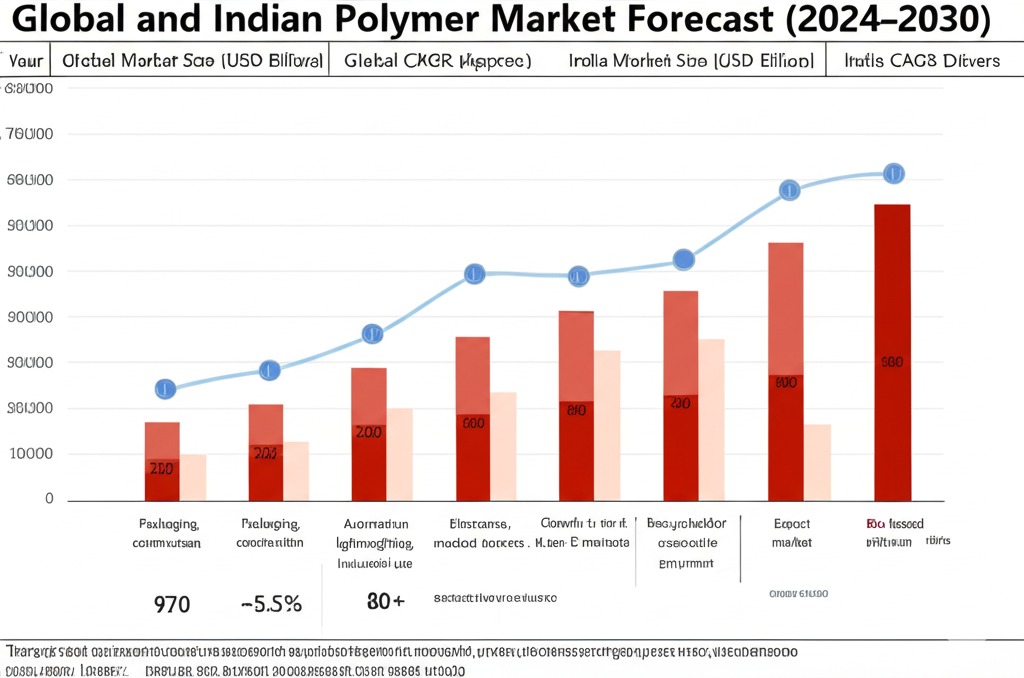
When is the Right Time to Buy?
Current industrial and economic conditions are favorable for entrepreneurs who want to enter the chemical polymer industry. The domestic demand is growing in both urban and rural areas, resulting in a more diversified market. Global buyers are looking for reliable suppliers beyond traditional hubs such as China, which is increasing export opportunities. India’s manufacturing industry is benefiting from government initiatives such as Make in India and infrastructure development incentives. Policies aimed at increasing petrochemical output are also helping.
The shift to sustainability has also led to a surge in demand for polymers that are bio-based or recyclable. Startups that can establish themselves as eco-conscious manufacturers will find markets both in the United States and abroad that are receptive. Integrating polymer production with downstream industries such as packaging or textiles can also increase profitability and reduce dependence on one product line.
Related: Chemical Exports in 2025: Opportunities for Indian Startups
Sourcing and Raw Materials
Raw materials are primarily derived from petroleum chemicals, but bio-based alternatives have begun to emerge. The feedstock needed depends on the type of polymer. Polyethylene can be made from ethylene monomer. PVC is produced from vinyl chloride monomer.
It is essential to have a reliable and cost-effective supply chain for raw materials. It may be necessary to secure long-term contracts from domestic petrochemical manufacturers, import specific monomers in order to meet production needs, or source bio-based feedstocks through specialized suppliers. The sourcing strategy chosen will impact product quality, production stability and overall competitiveness.
Manufacturing Process Overview
Although there may be variations depending on the polymer type, the general manufacturing process follows a structured path. As an example, the production of polyethylene begins with purifying ethylene feedstock in order to remove any impurities that could interfere with polymerization. The polymerization stage transforms ethylene using catalysts like Ziegler-Natta and metallocenes. This reaction takes place in reactors that operate under high or low pressure, depending on the desired polymer.
The monomers that are not reacted to form the polymer can be recovered and recycled. The molten material is extruded and cooled before being cut into pellets. These pellets are used as a base material in a variety of products. Quality control measures are implemented throughout the process to ensure that parameters like melt flow index and density meet regulatory and customer specifications. The product is then packaged in moisture-proof containers and shipped.
Technology and Infrastructure
In order to be competitive, a polymer manufacturing plant must balance efficiency, consistency in quality, and environmental compliance. The core infrastructure includes polymerization and extrusion lines, feedstock storage tanks and catalysts as well as heat exchangers and utilities like boilers and cooling systems. In-process and end-product testing requires a well-equipped laboratory.
Automation and digital monitoring have allowed plants to reduce waste and improve energy efficiency. They can also predict maintenance requirements. For startups, investing into scalable and adaptive technology allows them to adapt to changing customer needs without having to incur excessive downtime.
Quality and Environmental Compliance
The cornerstone of polymer production is quality assurance. Numerous producers strive to achieve ISO 9001 certification in quality management along with product-specific norms such as IS standards in India. Compliance with environmental regulations is also important. The plants must comply with Central Pollution Control Board regulations. These may include effluent treatments for wastewater, air filter systems for emissions and safe chemical storage protocols.
Never overlook the safety of workers. Regular training is required in the handling of hazardous materials, use of personal protective gear, and emergency response readiness. Safety records that are strong not only protect employees but also boost business reputation and customer confidence.
Check our Handbooks on Chemical Technology (Organic, Inorganic, Industrial), Fine Chemicals
Building Market Presence
The first step in starting a polymer business is to establish a presence on the market. This is where profitability comes from. Direct partnerships with packaging firms, automotive suppliers and construction companies can ensure a steady supply. Plastindia, for example, can help you reach both domestic and international buyers. In a competitive market, positioning the company as a supplier that is committed to quality and sustainability will help it stand out.
For more information check out this video
Future Trends and Opportunities
Polymer manufacturers are moving towards more sustainable practices. The adoption of bio-based and degradable polymers is expected to be strong, especially in packaging and consumer products. Circular economy models that recycle post-consumer products into new ones are gaining popularity. Catalyst technology advances are creating more precise control of polymer properties and opening up new applications. Digital transformation also has a profound impact on operations. IoT enabled systems and AI-driven analysis are helping to optimize production and maintenance.
Entrepreneurs who are agile and innovative will have the best chance of capturing new opportunities and maintaining competitiveness over time.
NPCS – Your Strategic Knowledge Partner
Niir Project Consultancy Services prepares Market Surveys and Detailed Techno-Economic Feasibility reports tailored to polymer production projects. These reports provide entrepreneurs with a clear roadmap for technical and operational issues. They include information on the manufacturing process, raw material, plant layout and financials. NPCS assists companies in assessing whether new industries are feasible, ensuring informed investment decisions.
Find Best Idea for Yourself With our Startup Selector Tool
The conclusion of the article is:
Chemical polymer manufacturing offers a unique combination between a steady demand, product variety, and innovation opportunities. Entrepreneurs can now enter this field with a growing domestic market, a growing export potential and heightened demand for sustainable materials. The key to success is choosing the right polymer niche. It also depends on securing reliable sources of raw materials, maintaining high standards of quality, and adopting technological and sustainability trends.
Startups can create profitable, future-ready businesses by combining expert guidance with strategic planning from resources such as NPCS. These materials will shape the industries of tomorrow.















